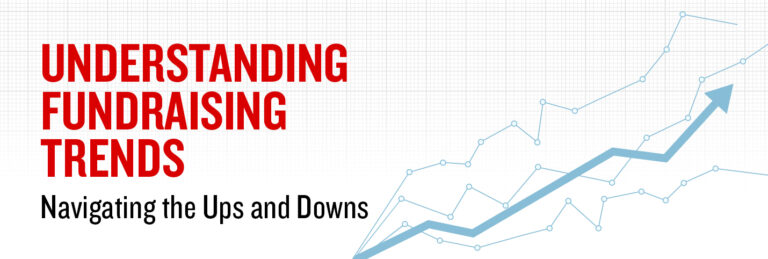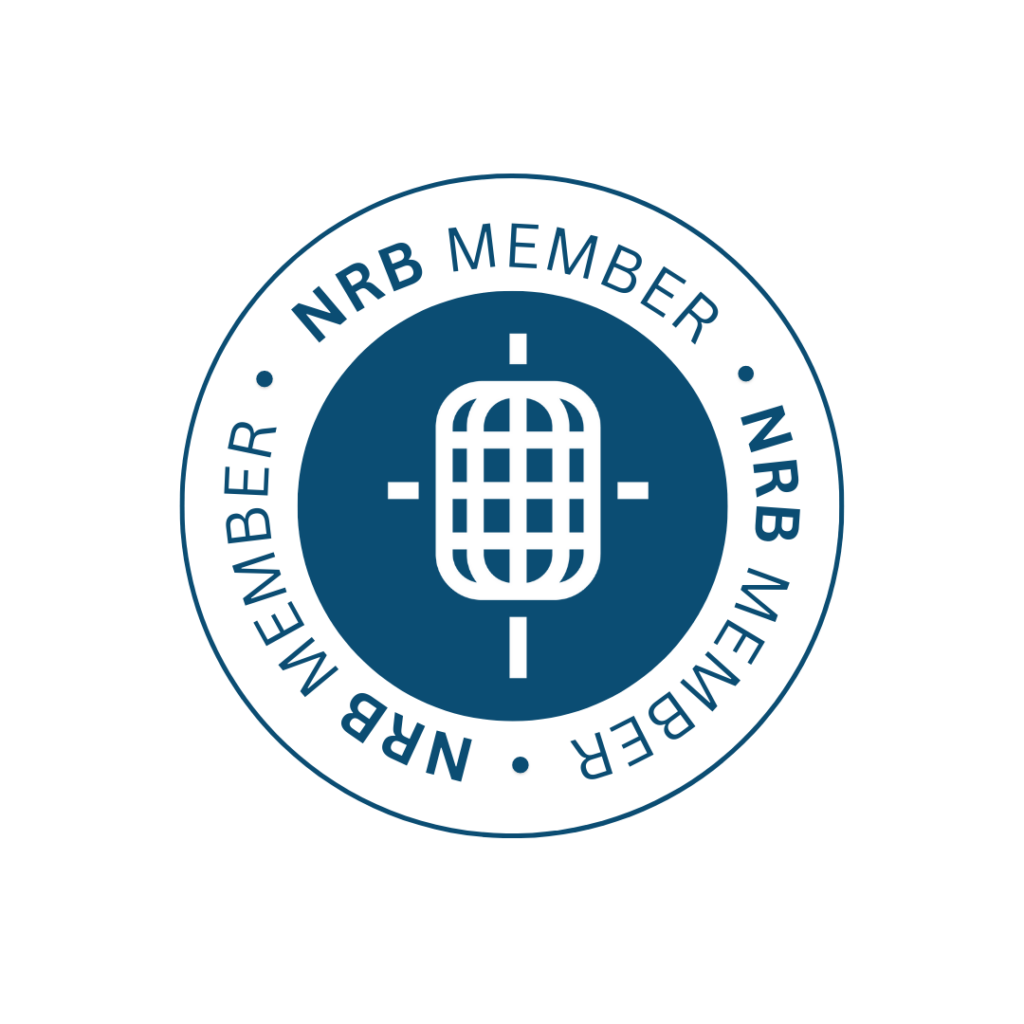Key Metrics for Donor Acquisition
The start of a new year is one of the most enjoyable times of year for those of us who work in fundraising. The gifts are entered, the batches are complete, and now we get to see the cumulative impact of donors who were inspired to generosity in the last year.
While revenue figures are of great importance, don’t forget to delve into your new donor acquisition and lapsed donor reactivation figures as well! Adding donors to your file, or back to your file, is the lifeblood of every organization. And now is the time to answer the following:
- How many new donors did we acquire?
- And how many lapsed donors gave again?
Is this combined quantity higher than the number of donors who lapsed (discontinued giving) during the year and large enough to meet your goals? If it is, great job, you are on your way to sustaining a healthy donor base! If it isn’t, what can you do this year to reverse this trend?
Another important data point to know is: What is the average value of the new donors acquired?
Average Value of New Donors = Annual Revenue from New Donors / Number of New Donors
Acquiring enough donors is key—but you need to acquire donors who have capacity to give generously and a high likelihood to sustain their giving for years to come.
DID YOU KNOW? The greatest indicator of long-term donor value is the amount of their first gift.
Many organizations acquire the majority of their new donors in the fall months, but don’t discount the other months of the year. Spring and summer are the ideal seasons to test new digital offers and imagery, optimize your online donation form, and establish a plan for 2020 that will put you on the path to reaching your development goals.
The number of donors you need to acquire to sustain (and grow!) your donor base is knowable. It’s what we do for our clients at Douglas Shaw & Associates. So, if you aren’t sure that your acquisition program is pursuing the right number of donors—at the right value—now is the time of year to be certain!
Our team is happy to help advise you on what strategy may work best for your organization, but you’ll never know unless you try.
Related articles
-

More Than Just Work
As a young Christian professional navigating the conundrum of aligning my beliefs into a purposeful career, I’ve been blessed to…
-

What to Think of Artificial Intelligence and Its Impact on Fundraising . . .
In trying to summon an image to represent our theme for this issue of Donor Focus, I found myself drawn…







